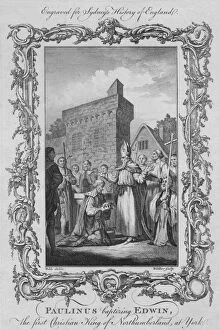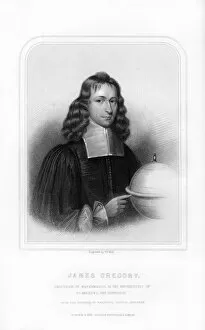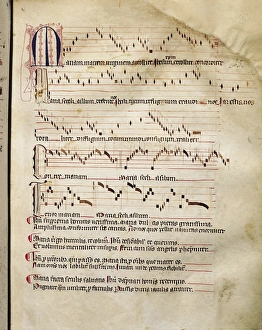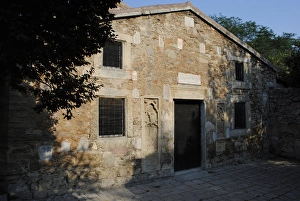Gregorian Collection
Gregorian, a term often associated with Pope Gregory XIII (1502-1585), holds significant historical and cultural importance
All Professionally Made to Order for Quick Shipping
Gregorian, a term often associated with Pope Gregory XIII (1502-1585), holds significant historical and cultural importance. This influential figure is renowned for his contributions to the Gregorian calendar, which we still use today. His efforts aimed to rectify inaccuracies in the Julian calendar, resulting in the adoption of the new system that adjusted leap years. Another notable mention of "Gregorian" can be found in "Elementos de Matematica, " a work by Spanish architect Benito Bails. This book delves into mathematical principles and their applications, showcasing how mathematics transcends various disciplines. The name "Gregory" also extends beyond Pope Gregory XIII. It encompasses other prominent individuals like Gregory the Great (c540-604) and James Gregory, a Scottish mathematician and astronomer from the 17th century. These figures made remarkable contributions to their respective fields, leaving an indelible mark on history. Furthermore, Gregorian influences can be seen geographically as well. The Gregorian Armenian Church stands proudly at Aleppo's entrance in Syria while St. Sergius Armenian Church graces Feodosiya in Ukraine. These architectural marvels serve as testaments to both religious devotion and cultural heritage. Intriguingly, even manuscripts such as Elna Episcopal Sacramentary bear traces influence through their creation process or content.





















